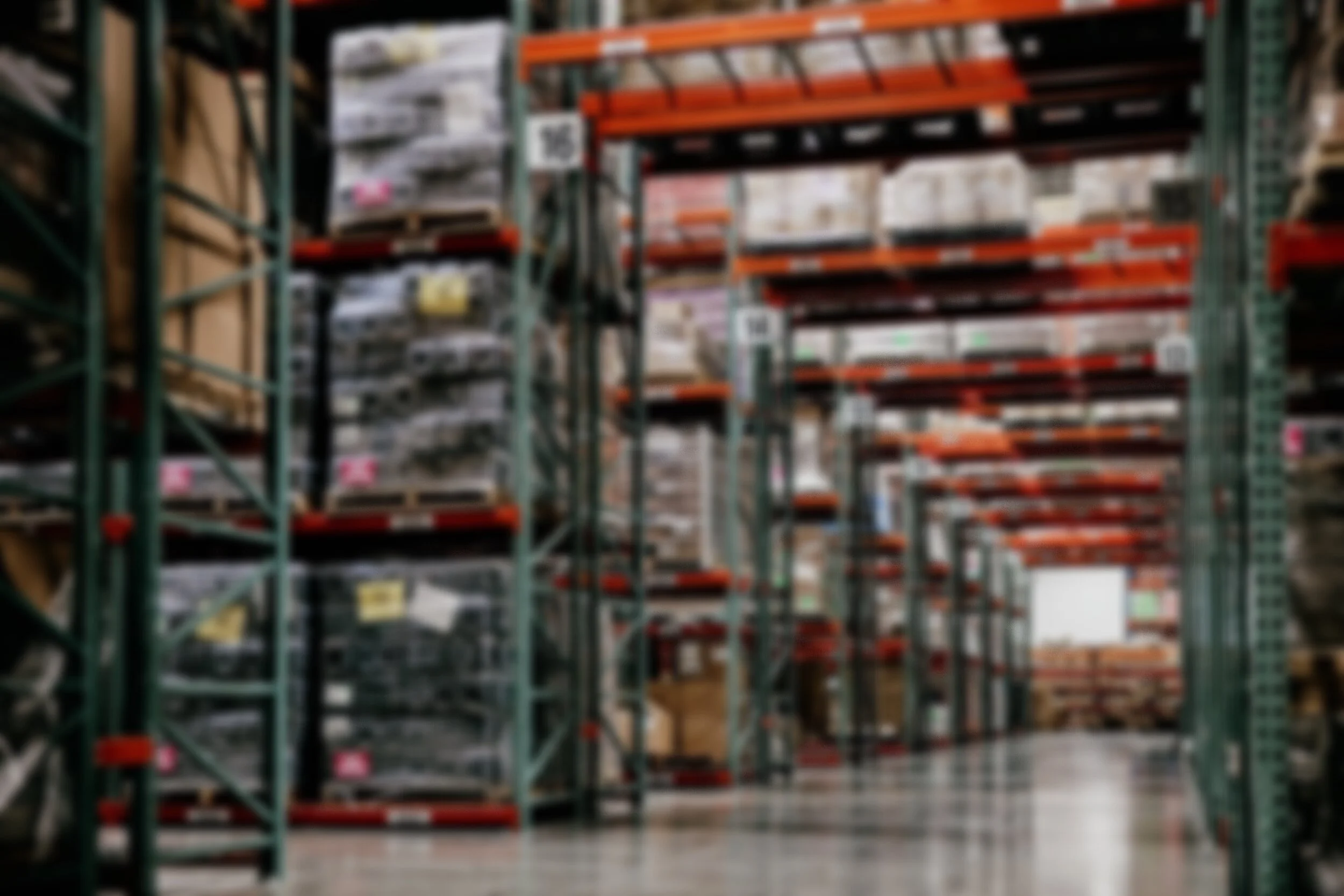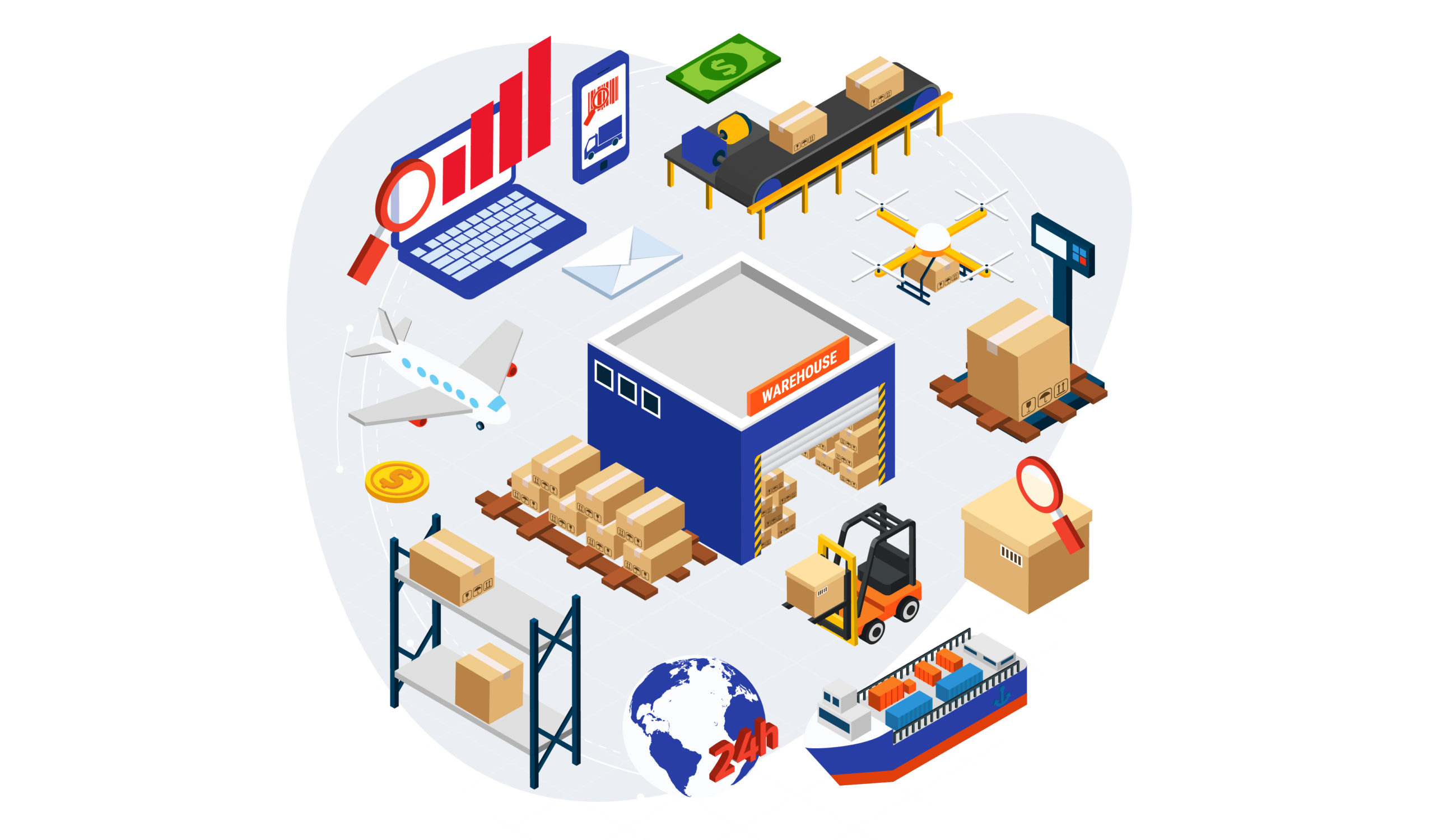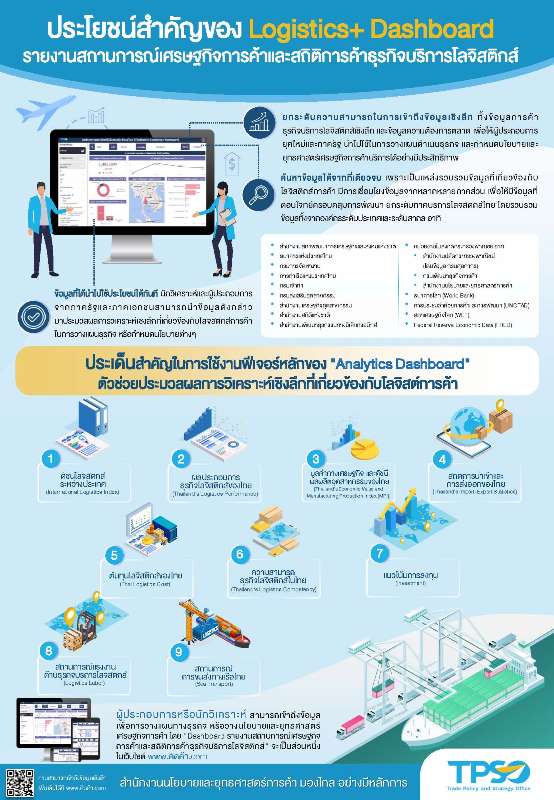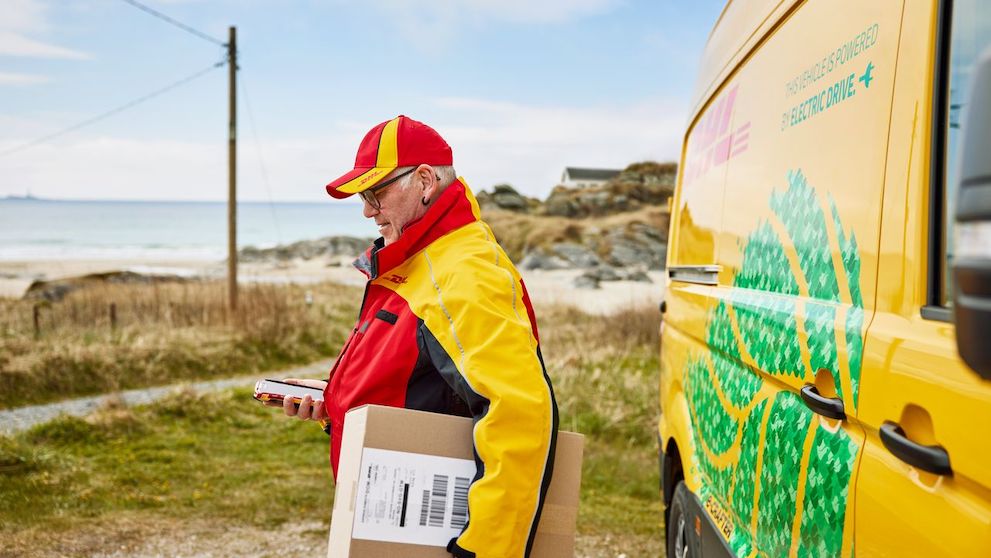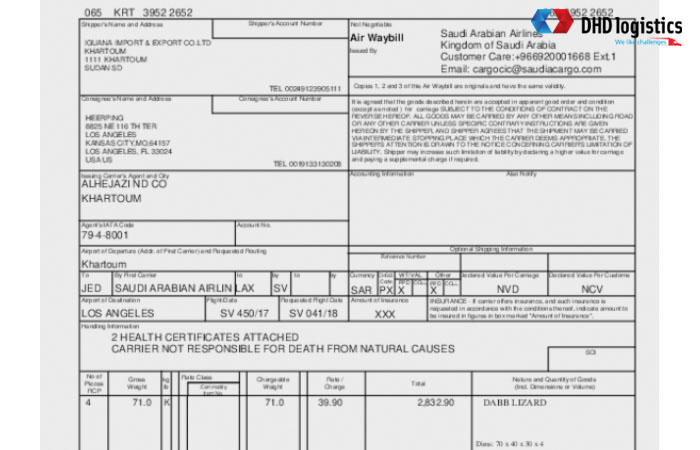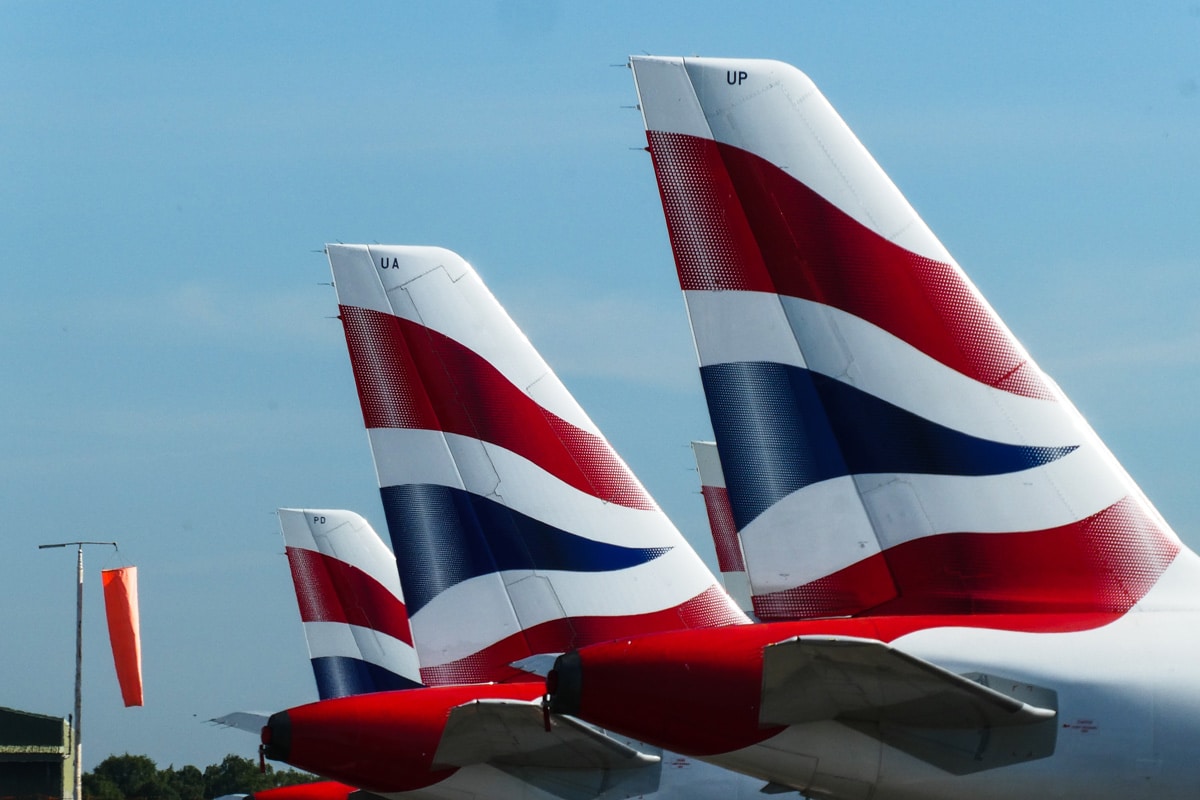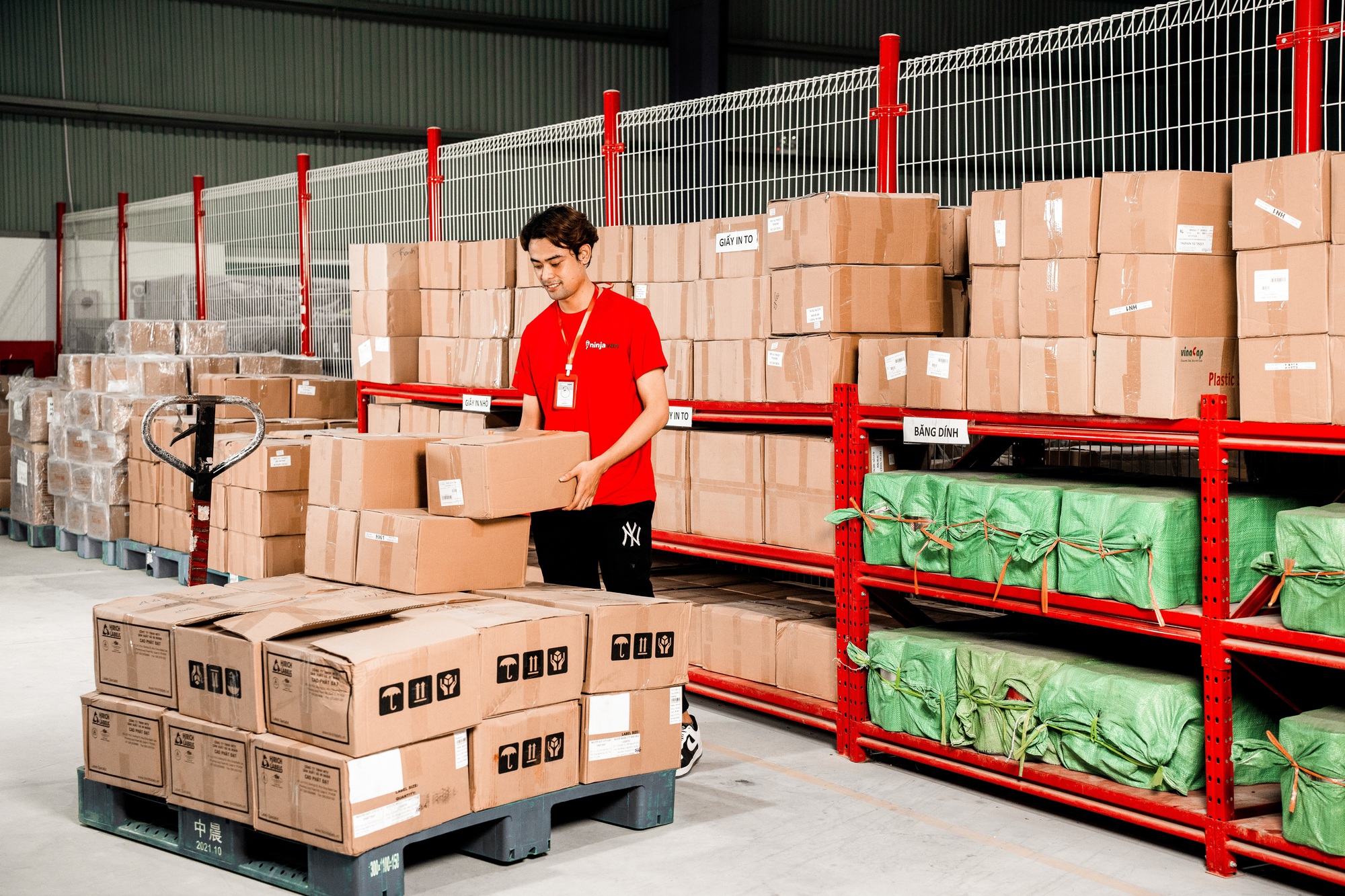Its Logistics - Distribution + Fulfillment - Airway

Imagine a world where fresh Kenyan roses grace Parisian tables before the morning dew dries, where life-saving pharmaceuticals arrive in remote Himalayan villages within hours, and where the latest tech gadgets reach eager consumers across continents in the blink of an eye. This isn't science fiction; it's the everyday reality powered by the intricate and often unseen world of airway logistics. The orchestration of planes, people, and packages working in perfect harmony, it’s a logistical ballet that keeps the global economy humming.
At its core, airway logistics encompasses the planning, implementation, and control of the efficient, effective forward and reverse flow of goods, services, and related information between the point of origin and the point of consumption via air transportation. Understanding this complex system is crucial, because it touches nearly every aspect of our lives, influencing everything from the price of groceries to the speed of medical breakthroughs reaching those who need them most.
A Brief History of Flight and Freight
The story of airway logistics is intrinsically linked to the history of aviation itself. Early pioneers, barely a decade after the Wright brothers’ first flight, recognized the potential of aircraft to transport more than just people.
Initially, airmail was the primary driver. Contracts were awarded to daring pilots who braved unpredictable weather in flimsy biplanes to deliver letters and packages faster than ever before.
The real boom, however, came after World War II. The war had spurred incredible advancements in aircraft technology, leaving a surplus of planes and trained pilots eager to find civilian applications.
Companies like Federal Express (FedEx), founded in 1971, revolutionized the industry by focusing on overnight delivery and creating sophisticated tracking systems. This marked the beginning of modern airway logistics as we know it.
The Key Players: A Symphony of Services
The airway logistics ecosystem is populated by a diverse array of players, each playing a vital role in the seamless flow of goods.
Airlines, of course, are the backbone, operating cargo planes and passenger planes with cargo holds. Major players like Cathay Pacific Cargo, Lufthansa Cargo, and Qatar Airways Cargo dedicate significant resources to freight operations.
Then there are the freight forwarders, the logistics orchestrators who arrange transportation with airlines, handle customs clearance, and manage warehousing.
Companies like DHL, UPS, and Kuehne + Nagel are global giants in this space, offering end-to-end logistics solutions.
Another key component is the role of airports. These are the central hubs where goods are transferred between planes and ground transportation.
Efficient airport operations, with advanced cargo handling facilities and streamlined customs procedures, are critical for minimizing delays and ensuring the smooth flow of goods.
Finally, there are the ground handling companies, who provide essential services like loading and unloading cargo, aircraft maintenance, and security.
The Fulfilment Process: From Warehouse to Wing
The fulfilment process within airway logistics is a carefully choreographed sequence of events. It all starts with the receipt of goods at a warehouse or distribution center.
These facilities are often strategically located near airports to minimize transportation time. Advanced warehouse management systems track inventory, manage orders, and optimize storage space.
Once an order is placed, the goods are picked and packed, ensuring they are properly protected for air transport. Special packaging is often required for delicate or perishable items.
The next step is transportation to the airport, typically by truck. This "first mile" is a crucial part of the process, and delays can have a ripple effect on the entire supply chain.
At the airport, the goods are processed by the airline or freight forwarder, which includes security screening, documentation, and loading onto the aircraft. Customs clearance is also a critical step, ensuring compliance with international regulations.
During the flight, cargo is carefully monitored to ensure proper temperature and humidity control, especially for sensitive items like pharmaceuticals and food.
Upon arrival at the destination airport, the goods are unloaded and processed again, including customs clearance and transfer to ground transportation.
The "last mile" delivery is the final leg of the journey, bringing the goods to the customer's doorstep. Efficient last-mile delivery is crucial for customer satisfaction and is often the most visible part of the airway logistics process.
The Distribution Network: A Global Web
Airway logistics networks are vast and complex, spanning the globe and connecting major economic centers. Hub-and-spoke systems are common, with major airports acting as central hubs for consolidating and distributing cargo.
These hubs are strategically located to maximize connectivity and minimize transit times. Memphis International Airport (MEM), for example, is the primary hub for FedEx, while Cologne Bonn Airport (CGN) is a major hub for UPS in Europe.
The efficiency of these distribution networks depends on a variety of factors, including airport infrastructure, customs procedures, and air traffic management.
Investments in modernizing airport facilities, streamlining customs processes, and improving air traffic control are crucial for enhancing the performance of airway logistics networks.
Challenges and Opportunities
Despite its impressive capabilities, airway logistics faces a number of challenges. Fuel costs are a significant concern, as they can fluctuate dramatically and impact transportation costs.
Security is also a top priority, requiring constant vigilance and investment in advanced screening technologies.
Environmental concerns are also growing, with increasing pressure to reduce carbon emissions from air transport. The industry is exploring various solutions, including the use of sustainable aviation fuels and more fuel-efficient aircraft.
However, these challenges also present opportunities for innovation. The rise of e-commerce is driving demand for faster and more reliable delivery services, creating new opportunities for airway logistics providers.
Technological advancements, such as drone delivery and autonomous vehicles, have the potential to revolutionize the industry and improve efficiency.
Data analytics is also playing an increasingly important role, enabling companies to optimize routes, predict demand, and improve decision-making.
Furthermore, the use of blockchain technology could enhance supply chain transparency and security, by providing a secure and immutable record of all transactions.
The Future of Airway Logistics
The future of airway logistics is likely to be shaped by several key trends. Sustainability will be a major focus, with increasing pressure to reduce carbon emissions and minimize environmental impact.
Automation will also play a larger role, with robots and artificial intelligence automating many tasks in warehouses and airports.
Personalization will become increasingly important, with customers expecting more customized delivery options and real-time tracking information. We are starting to see this with more accurate ETAs and flexible delivery options.
Finally, collaboration will be essential, with airlines, freight forwarders, and other stakeholders working together to optimize supply chains and improve efficiency.
Airway logistics, though often unseen, is the engine that powers much of our interconnected world. It's a dynamic and evolving field, constantly adapting to new challenges and opportunities.
As technology advances and global trade expands, the importance of airway logistics will only continue to grow, shaping the way we live, work, and interact with each other.
So, the next time you receive a package delivered by air, take a moment to appreciate the complex and intricate network that made it possible—a testament to human ingenuity and our relentless pursuit of connecting the world.

